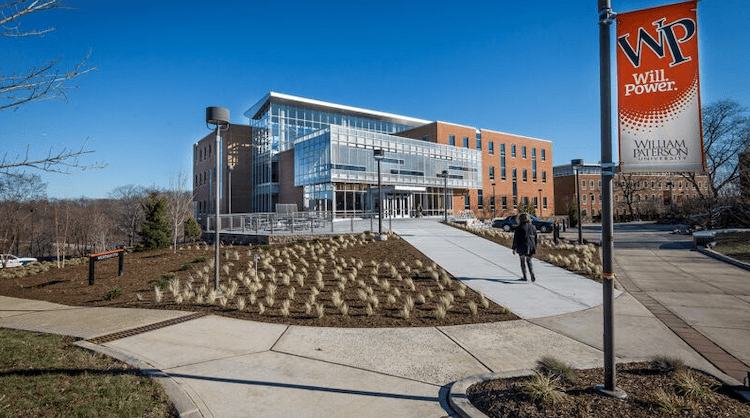By Star-Ledger Editorial Board
Tuition at New Jersey’s state universities is among the country’s most expensive. Only Vermont and New Hampshire charge their homegrown students more. A four-year stay could easily saddle a student with more than $100,000 in debt. The Great Recession proved the value of a bachelor’s degree. College-educated workers lost millions of jobs, but they’ve recovered better while less-educated workers are still hurting.
Now more than ever, a college degree is a prerequisite for middle-class survival.
That’s why it’s head-scratching that Senate President Stephen Sweeney’s “Pay Forward, Pay Back” tuition proposal — a radical scenario in which tuition and fees are free, in exchange for a small percentage of a graduate’s salary for 20 or 25 years — got such a cool reception.
The idea isn’t brand-new. It’s used in Britain and Australia, and it’s being studied in Oregon.
At first glance, the concept has holes: If tuition and fees are free, what about room, board and books? What if a grad leaves the state, or stops working to raise a family? And who supports the universities for the first four years — at a cost of billions — while the program gets up and running? Would participation have to be mandatory to make it work?
Sadly, the “Pay Forward” plan suffers from too many reality gaps.
But its backers — from Sweeney to the college class in Portland, Ore., that came up with it — deserve credit for creative problem-solving. Because the way we ask students to pay for college today, with yearly tuition hikes and lifetime debt, is unsustainable and unfair.
The way we ask students to pay for college, with yearly tuition hikes and lifetime debt, is unsustainable and unfair.
Our ability to sustain a middle class is at stake.
New Jersey ranks No. 1 in preparing K-12 students for college. But we’re not finishing the job. The state’s support for higher education is disgraceful. Two decades ago, state aid covered roughly half the operating costs of our public colleges. Today, it’s just one-quarter. And Trenton provides no money for capital costs.
What’s more, New Jersey’s colleges are so crowded that many kids have to leave the state to get their degrees, often paying much more. Meanwhile, good jobs flee to states with better research universities.
More>>



